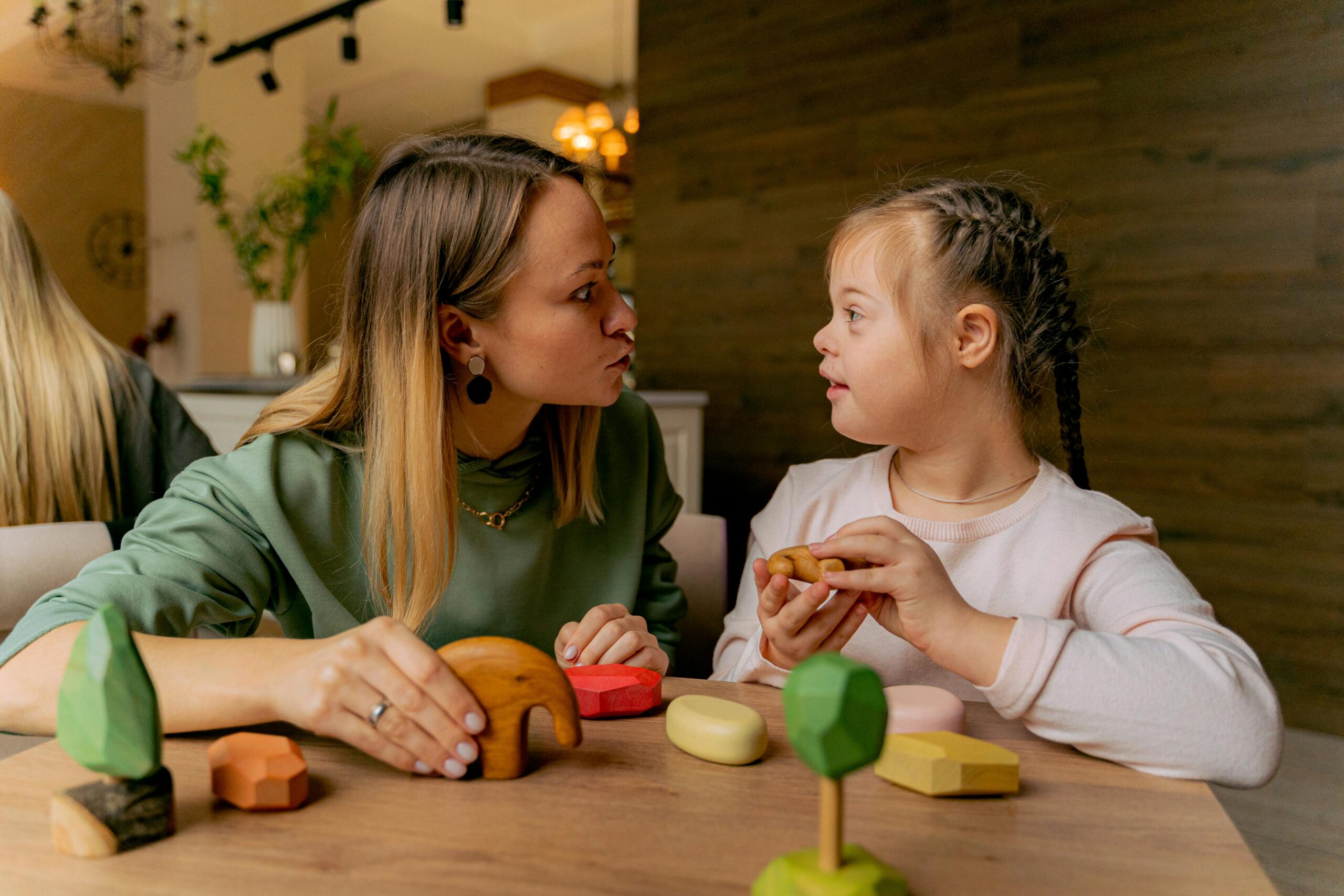Parenting Tip: Set Limits and Stay Consistent
How Boundaries Help Kids Feel Safe and Grow Confident
Hey mama 💛
If you’ve ever felt like you’re saying “no” a thousand times a day—or wondering if you’re being too strict or too soft—you’re not alone. Setting limits is one of the hardest (and most important) parts of parenting.
But here’s the truth: kids thrive with structure. They may not always act like it, but clear, loving boundaries actually help them feel secure and respected.
💡 Why Setting Limits Matters
Boundaries give kids a sense of safety. They help children understand what’s expected, where the lines are, and that someone they love is guiding them through life.
It teaches them:
- Self-control
- How to cope with frustration
- Empathy and respect for others
- That they are safe and loved—even when corrected
✅ Be Kind, But Firm
The magic happens when we’re loving and consistent.
You can say:
-
“I love you too much to let you hit.”
-
“It’s okay to be upset. But it’s not okay to yell at people.”
-
“You can choose to calm down here, or take a break in your room.”
This shows them their emotions are valid, but their actions still have limits. Over time, this builds trust and inner discipline.
🌀 What Happens When We’re Inconsistent?
Don’t worry—we’ve all had those moments when we give in or change the rules mid-game. It happens!
But when rules shift too often, kids get confused. They may test more, act out more, or feel anxious because they’re unsure of the boundaries.
So it helps to have a few go-to family rules and stick to them—even on the hard days (especially on the hard days).
🧩 Practical Tips for Setting Limits That Stick
Here are some real-life strategies you can try today:
1. Keep Rules Simple and Clear
Use short, positive phrases like:
- “We use kind words.”
- “We clean up after playtime.”
- “Hands are for helping, not hurting.”
Kids remember short and clear rules better than long lectures.
2. Be Calm but Firm
Yelling usually sparks defensiveness or fear. Instead, use a calm tone and repeat the rule with empathy:
“I know you’re upset, but it’s not okay to throw things. Let’s take a break.”
3. Follow Through with Consistent Consequences
Let your child know what happens when a rule is broken—then follow through lovingly.
Examples:
- “If toys aren’t cleaned up, they take a break for the day.”
- “If you can’t use kind words, we’ll pause the game.”
No need for long punishments—just short, calm cause-and-effect moments that teach, not shame.
4. Offer Choices Within Limits
Kids love feeling in control! Give them choices that still stay within your boundaries:
- “Would you like to brush teeth now or in five minutes?”
- “You can read one or two books before bed—your choice!”
5. Praise the Good Stuff!
Catch them doing it right and celebrate it:
“I noticed how you calmed down when you were frustrated—great job!”
Positive reinforcement makes rules easier to follow.
🎁 Freebie for You: Printable Family Rules & Consequences Chart
To help you get started, I made a gentle, mom-friendly Family Rules Chart you can print and hang on the fridge. 💕
It includes:
- A space to list 5 custom family rules
- Calm, age-appropriate consequences
- A reminder section for family values like kindness, respect, and honesty
👉 Click here to download your free printable
💬 One Last Thought
Discipline isn’t about punishment—it’s about guidance. When we set firm limits wrapped in love, we help our kids grow into emotionally strong, respectful, and confident humans.
You’ve got this, mama. Your consistency today is shaping their tomorrow. 💗







good advice